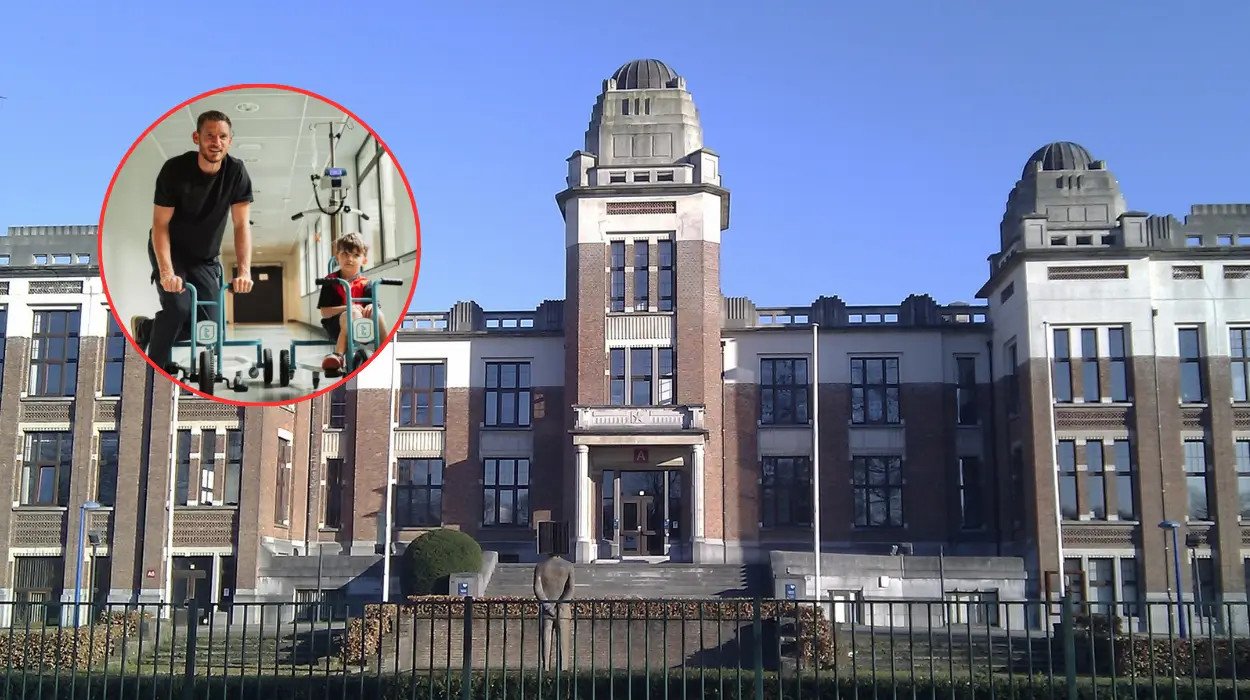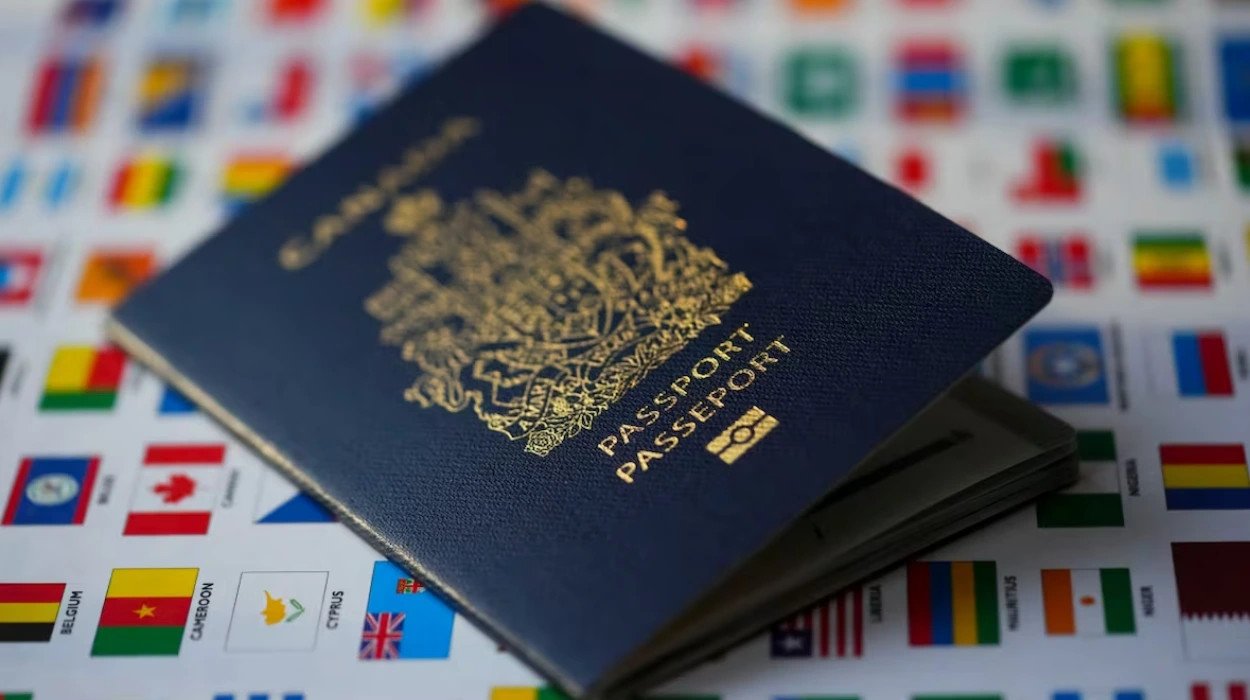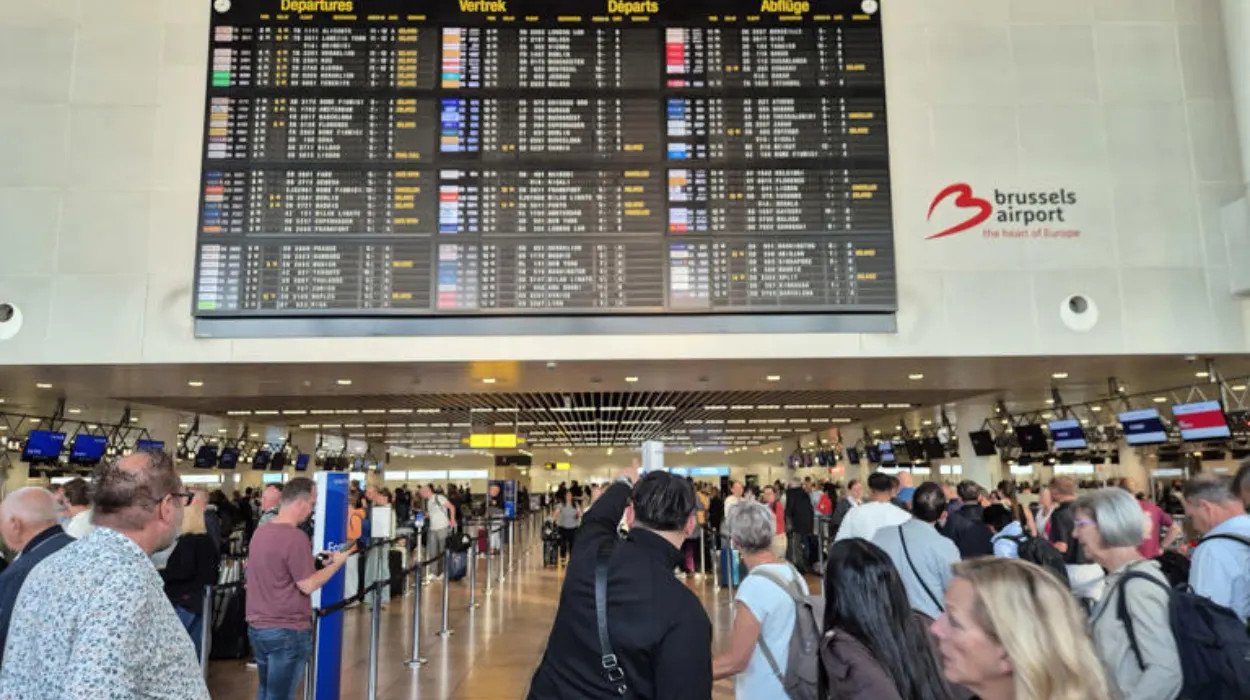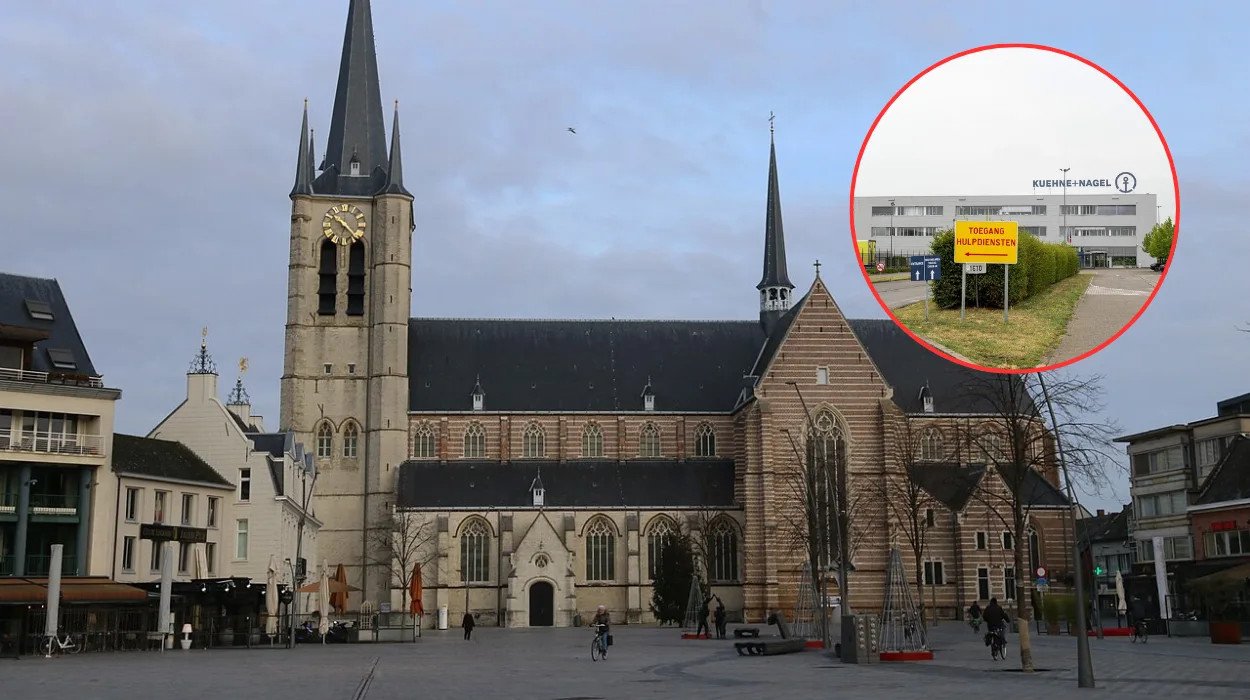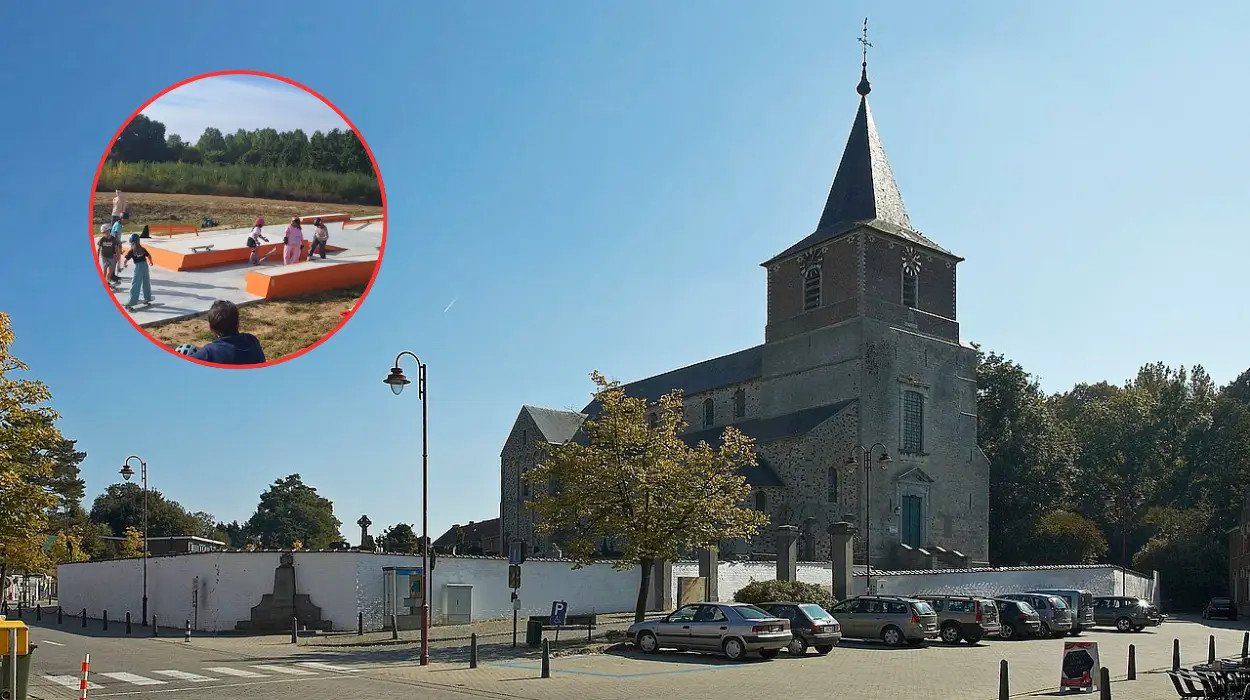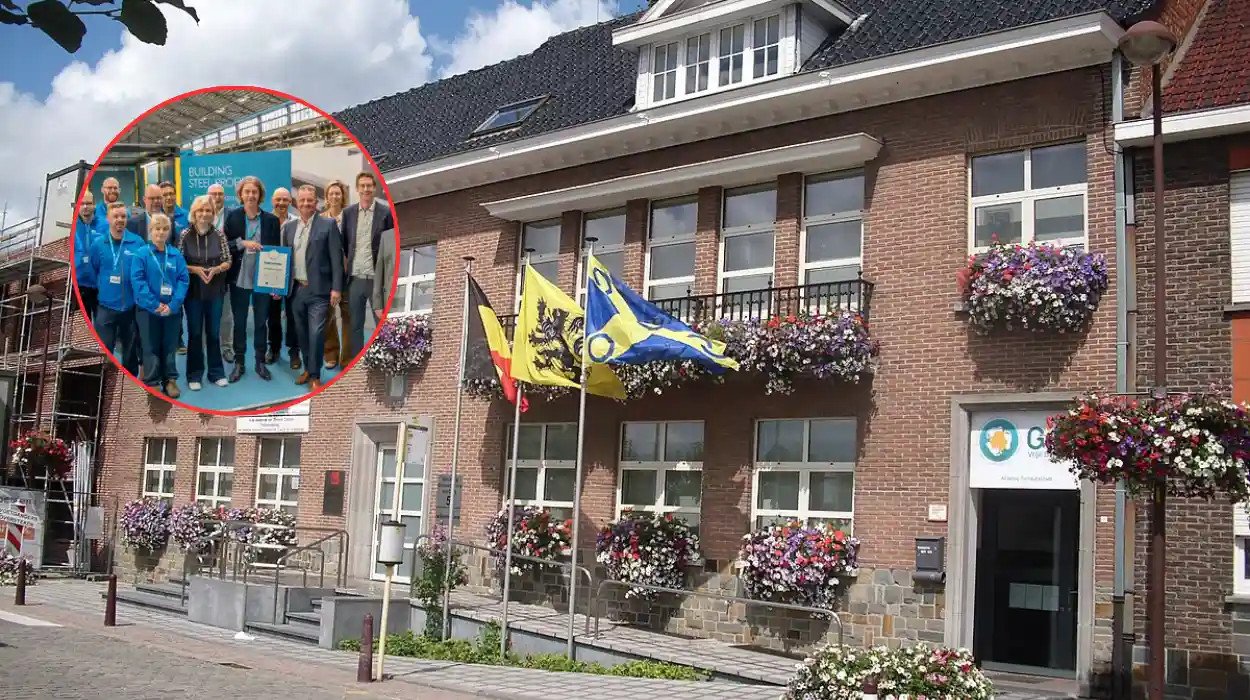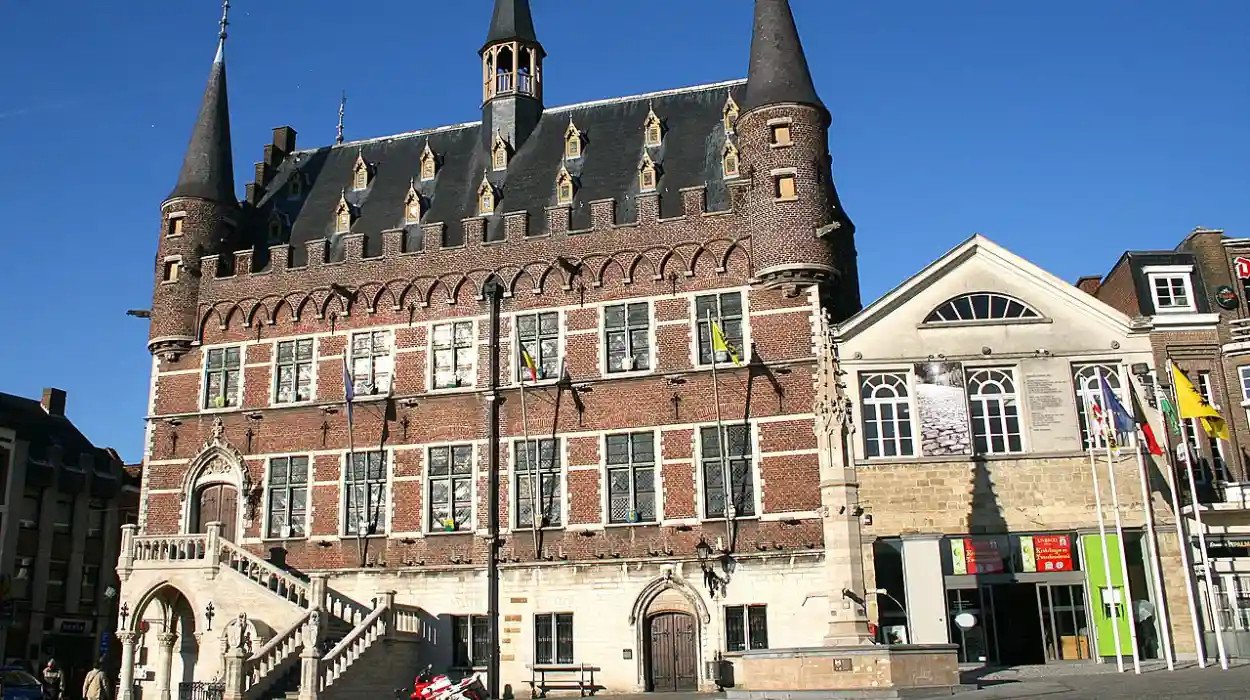Antwerp – Antwerp University Hospital has launched a groundbreaking initiative, introducing IV-equipped tricycles for children needing intravenous treatment. This project, supported by the Jan Vertonghen Foundation, Appie VW, and other organizations, aims to enhance mobility and the overall hospital experience for young patients, reports 24brussels.
The specially designed tricycles allow children to move around the hospital while receiving necessary IV treatments. As reported by VRT News, this innovation holds the IV lines securely, encouraging children to stay active during their hospital visits.
Professor Stin Verhulst emphasized the importance of maintaining activity among sick children, stating, “Even when children are ill, they must still be able to enjoy childhood.” He added, “Being able to move freely helps their emotional health and supports recovery. The tricycles let children explore the hospital instead of staying in bed all day.”
What are IV tricycles at Antwerp hospital doing for children’s care?
Six-year-old Valentino was the first child to utilize the IV tricycle. A nurse secured his IV line to the vehicle, and he promptly began riding through the hospital corridors. Medical staff noted that the project significantly enhances the children’s ability to engage in safe movement while undergoing treatment.
“I can’t get my son off his bike anymore,” laughed Santana, Valentino’s mother.
She further remarked, “It’s also very comforting for parents. Last year, I tried walking behind Valentino with the IV, but that’s not relaxing because the wires can get tangled everywhere.”
“The kids have already run through the hallway here today, and it’s a huge success. It gives them a lot of freedom,” said Jan Vertonghen, chairman of the Jan Vertonghen Foundation.
The foundation helped finance this initiative to improve the hospital experience for children. “This project perfectly aligns with our goal: children should be able to exercise in every situation,” he noted. Vertonghen elaborated, “It gives the children a lot of freedom. This way, they also get the feeling that they’re not tied to their bed. I think that can have a huge impact on a child and that it can boost their recovery.”
Another supporter of the initiative is Appie VW, a non-profit established by the parents of Lowie, a child who battled cancer. Lowie’s father shared, “We know from experience that it’s not easy to walk behind your child with an IV.” He mentioned the organization’s aim to honor Lowie’s memory through efforts that positively impact other children. “With Appie VW, we’re trying to fill the void that followed Lowie’s death, and we’re thrilled to have been able to contribute. We believe the tricycles will really make an impact on children.”
Across the globe, hospitals are launching similar projects to facilitate mobility for children undergoing IV treatment. In September 2025, UTMB Health unveiled themed platforms attached to IV poles, allowing children to ride through corridors during therapy. The introduction of the “Infuuts Trike” by the Princess Máxima Centre, UMC Utrecht, and TechniCare further highlights a growing trend aimed at improving the healthcare experience for young patients.
